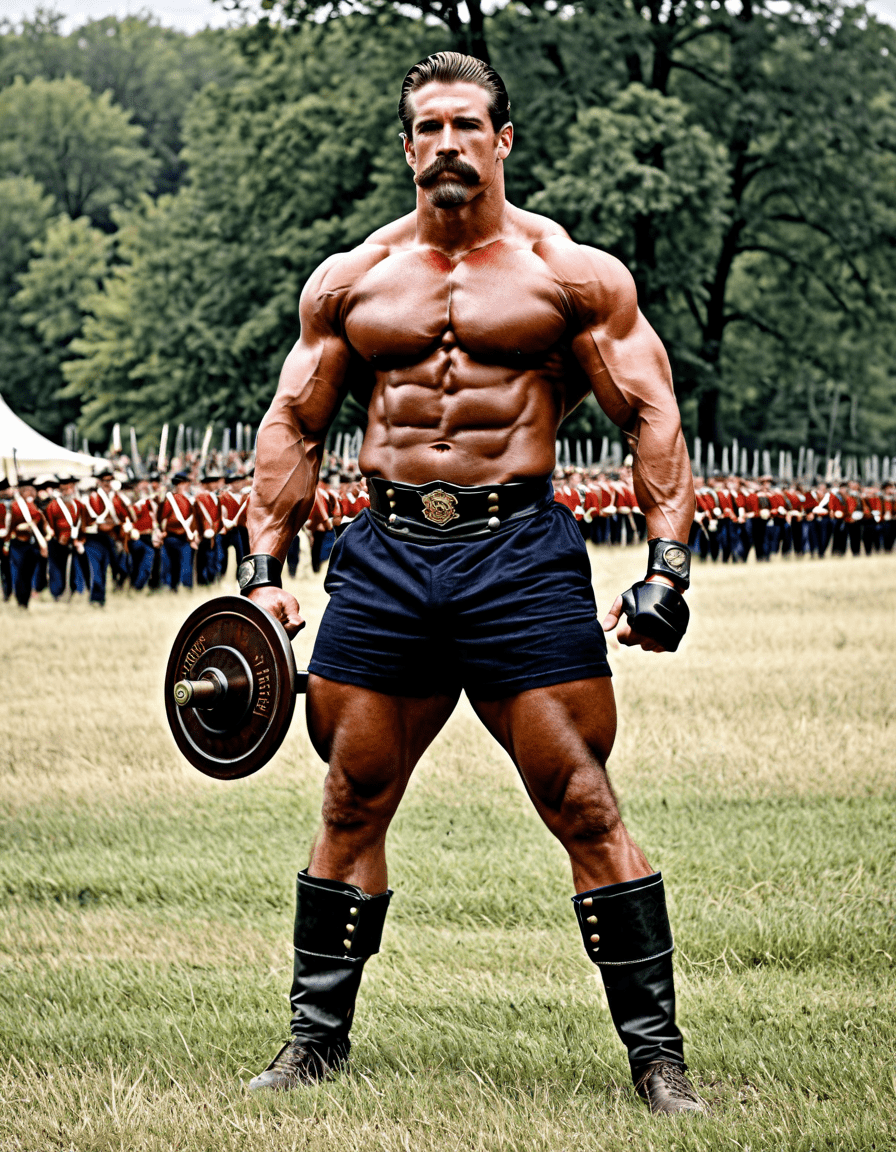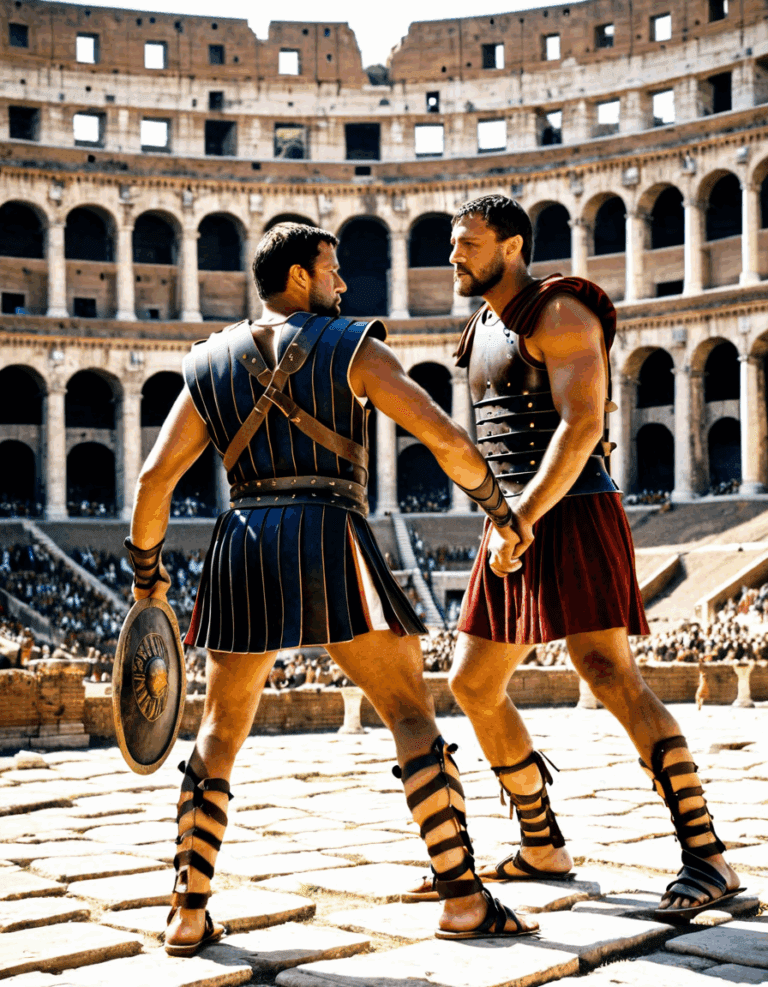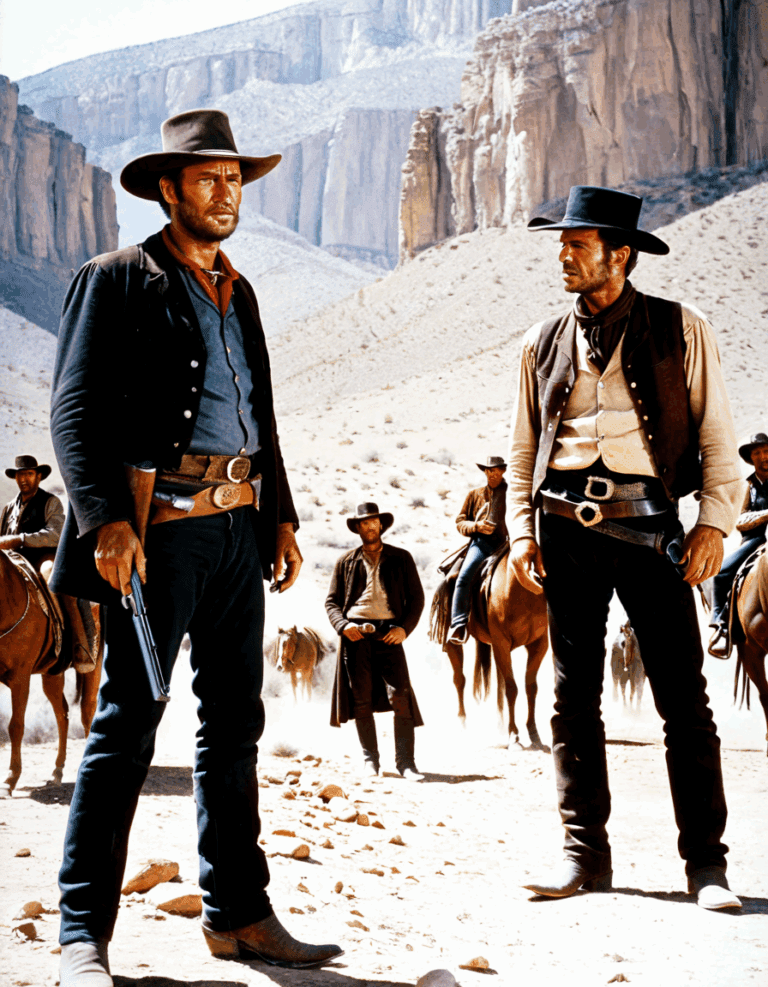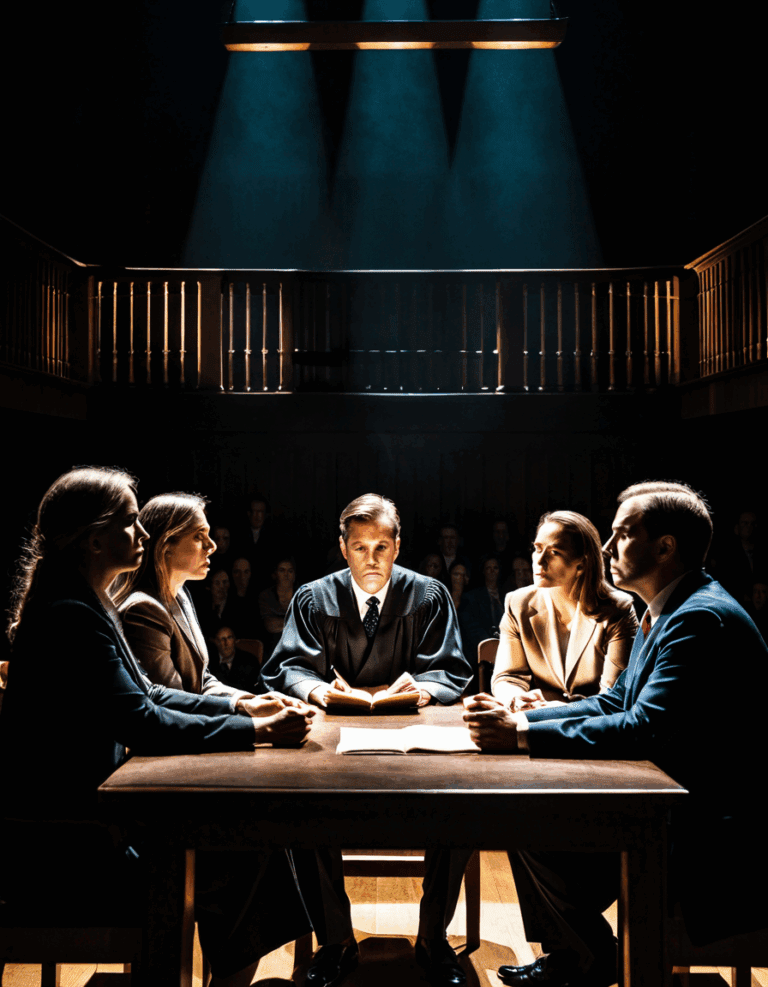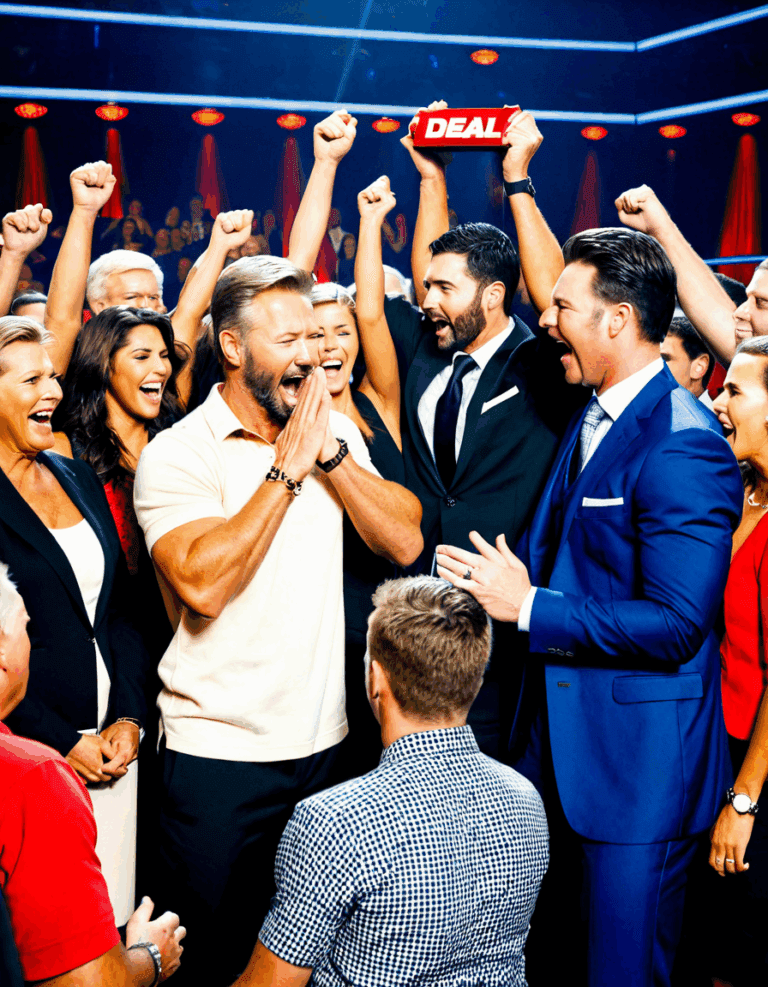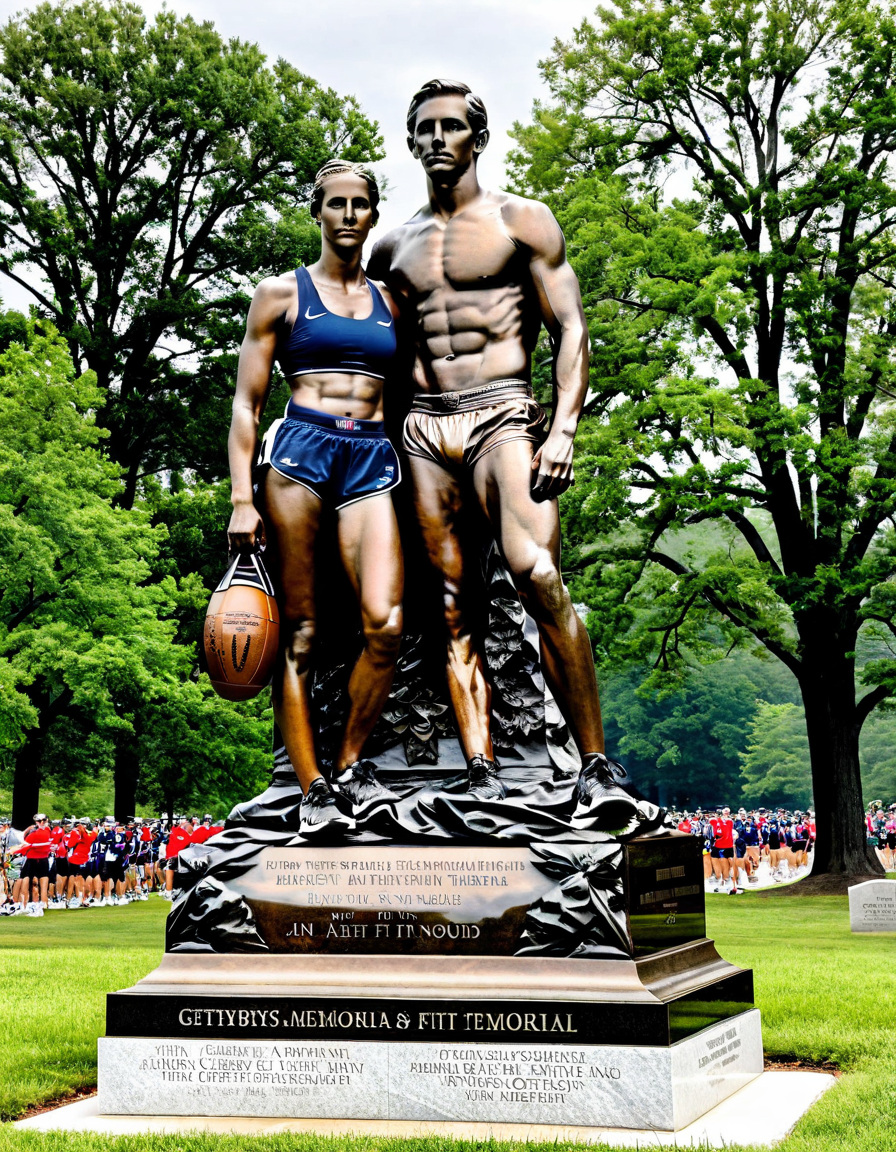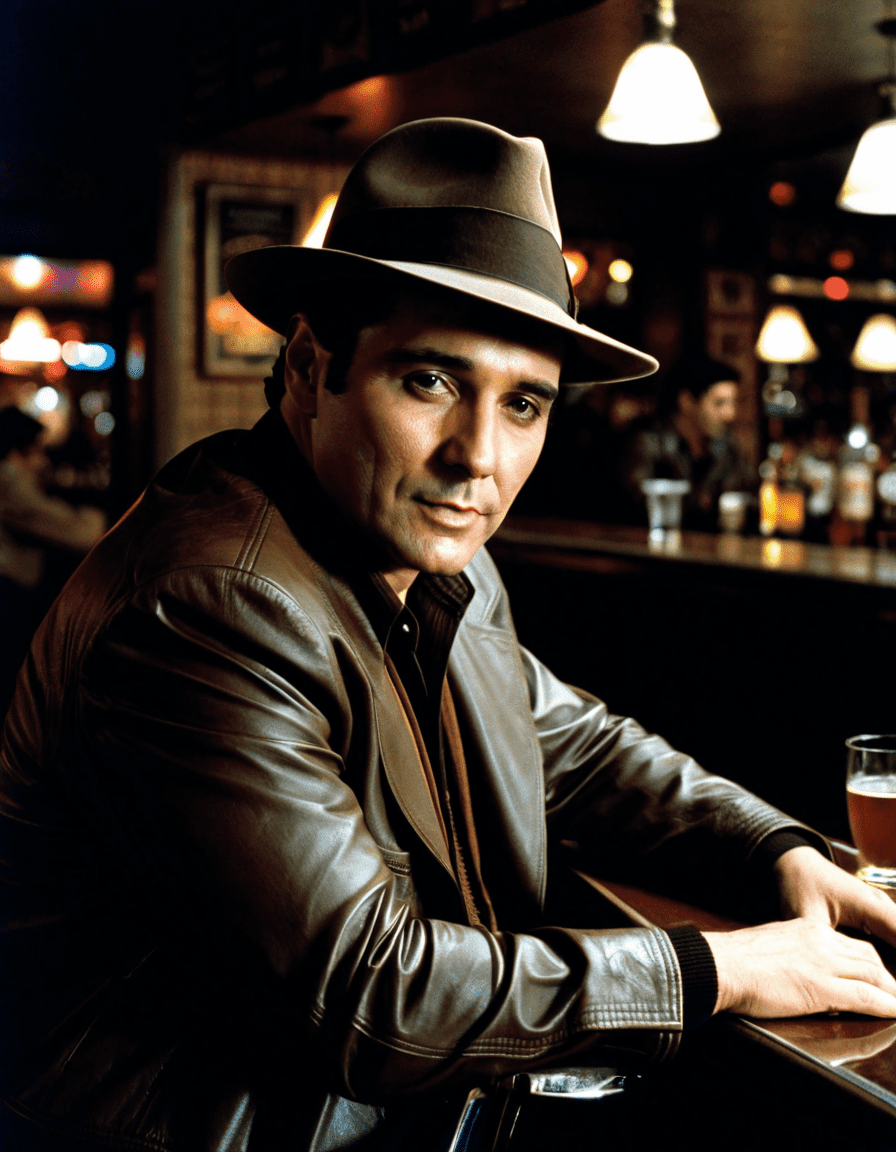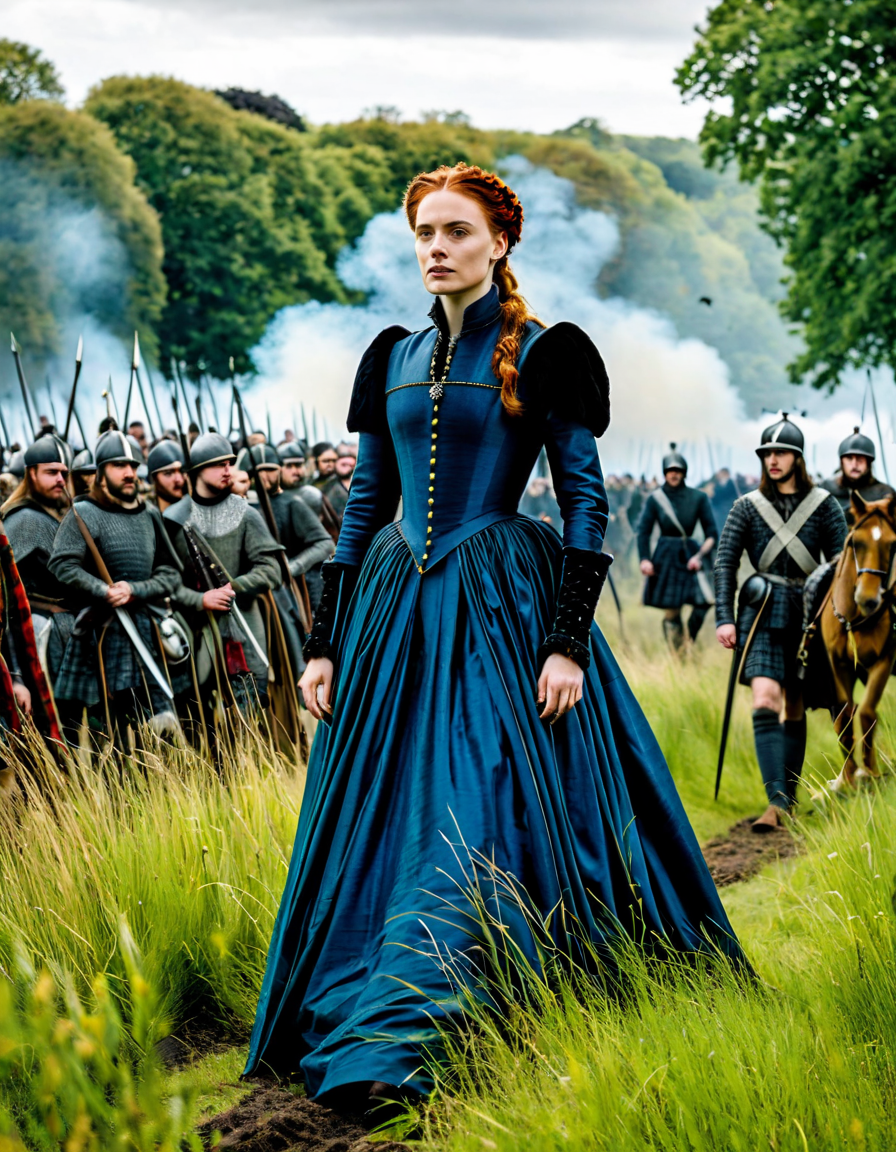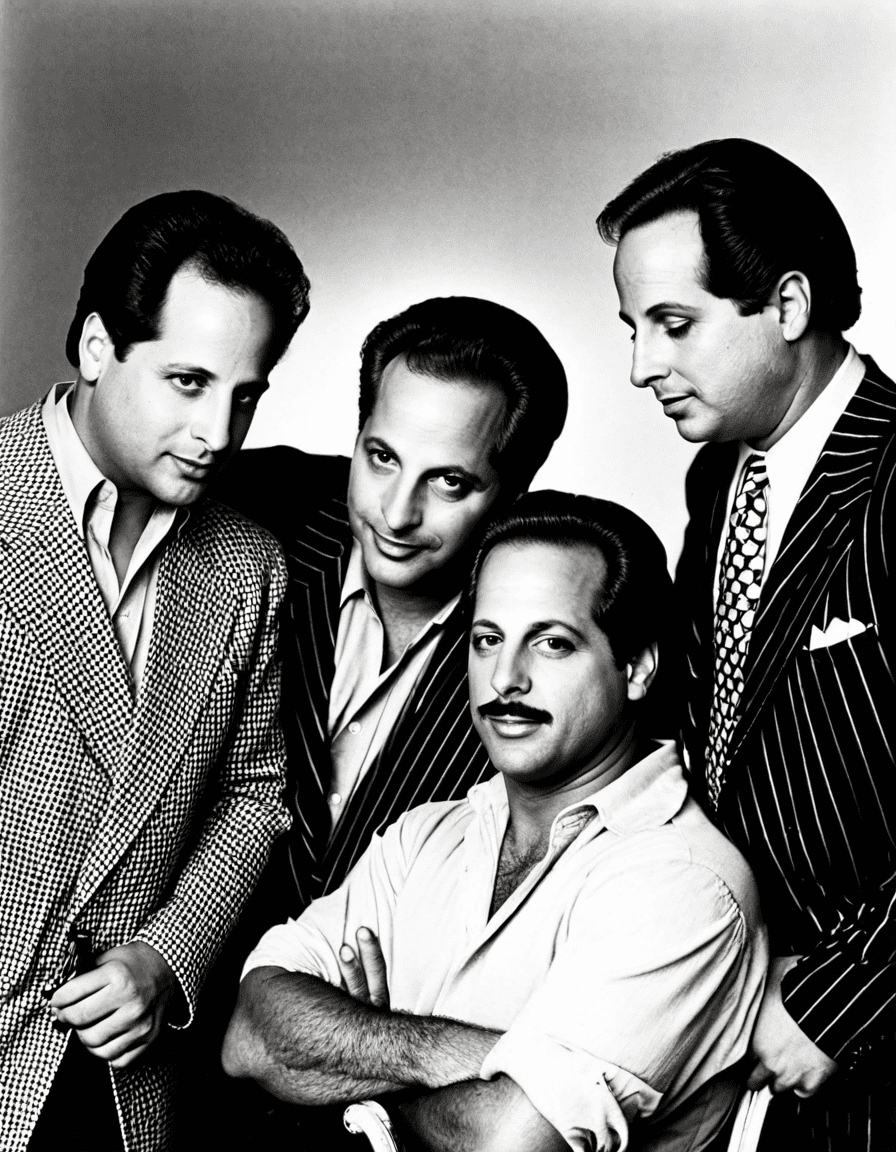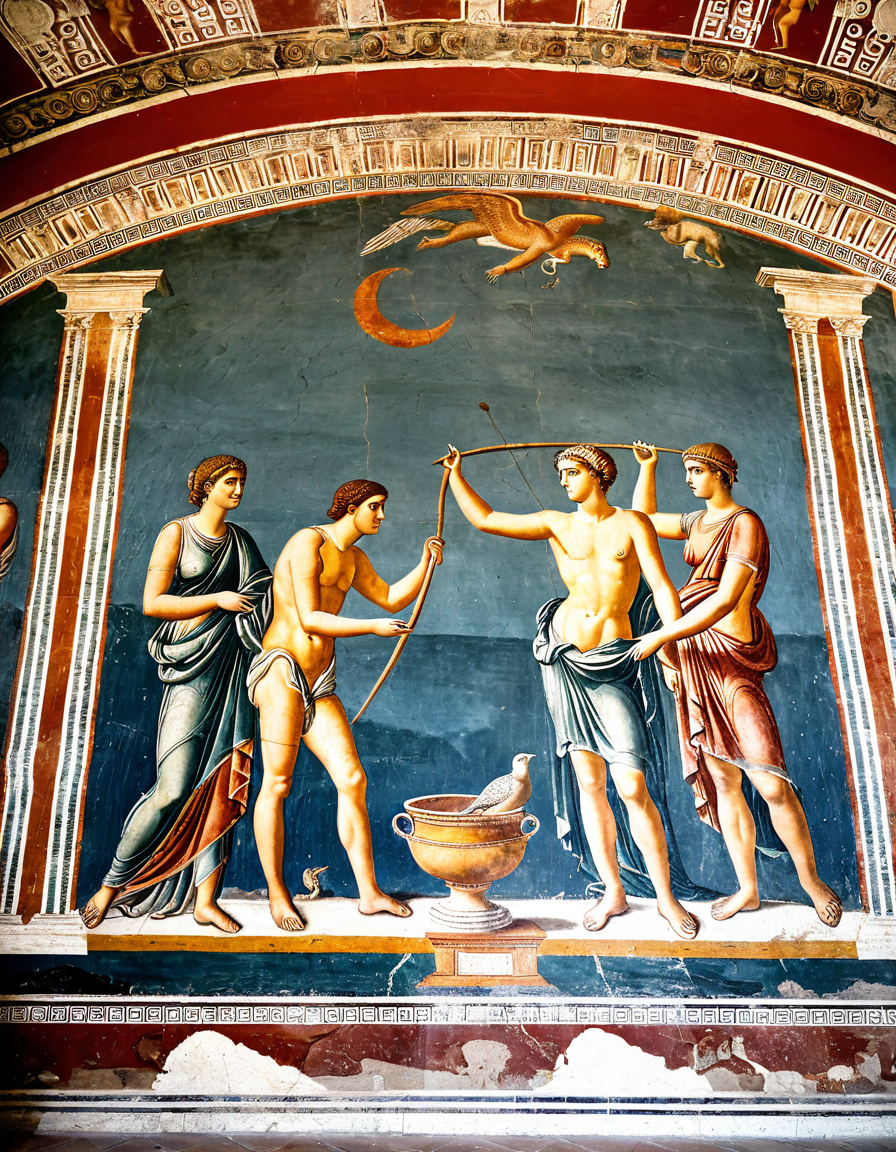The Battle of Gettysburg, fought from July 1 to July 3, 1863, stands as one of the most significant events in American history. It’s not just a conflict; it’s a pivot point in the narrative of the American Civil War. This battle marked a major shift in momentum, moving from the Confederate strength to the Union’s advantage. But don’t just think of it as a simple military showdown; it holds profound lessons that are still relevant today. From the leadership decisions of key figures to the strategic use of terrain, Gettysburg wasn’t just about soldiers in the field; it was about shaping a nation.
Gettysburg exemplifies the struggle for unity and freedom. Factors like troop movements, leadership decisions, and the geography of the battlefield all played essential roles in determining the outcome. Understanding the stakes helps us grasp why this battle is often viewed through a lens that mixes strategy with the moral imperatives of the age. It’s a moment where the strength of will and the dire consequences of failure collided in dramatic fashion. Just like in fitness, where you have to push through pain to get those results, Gettysburg was about grit—and the price of freedom.
In analyzing the echoes of Gettysburg, we can draw parallels with today’s societal challenges. The courage displayed back then resonates with individuals facing their own battles, whether in the gym or in life. So, buckle up because we’re diving deep into how Gettysburg can inspire us all to overcome hurdles and emerge victorious.
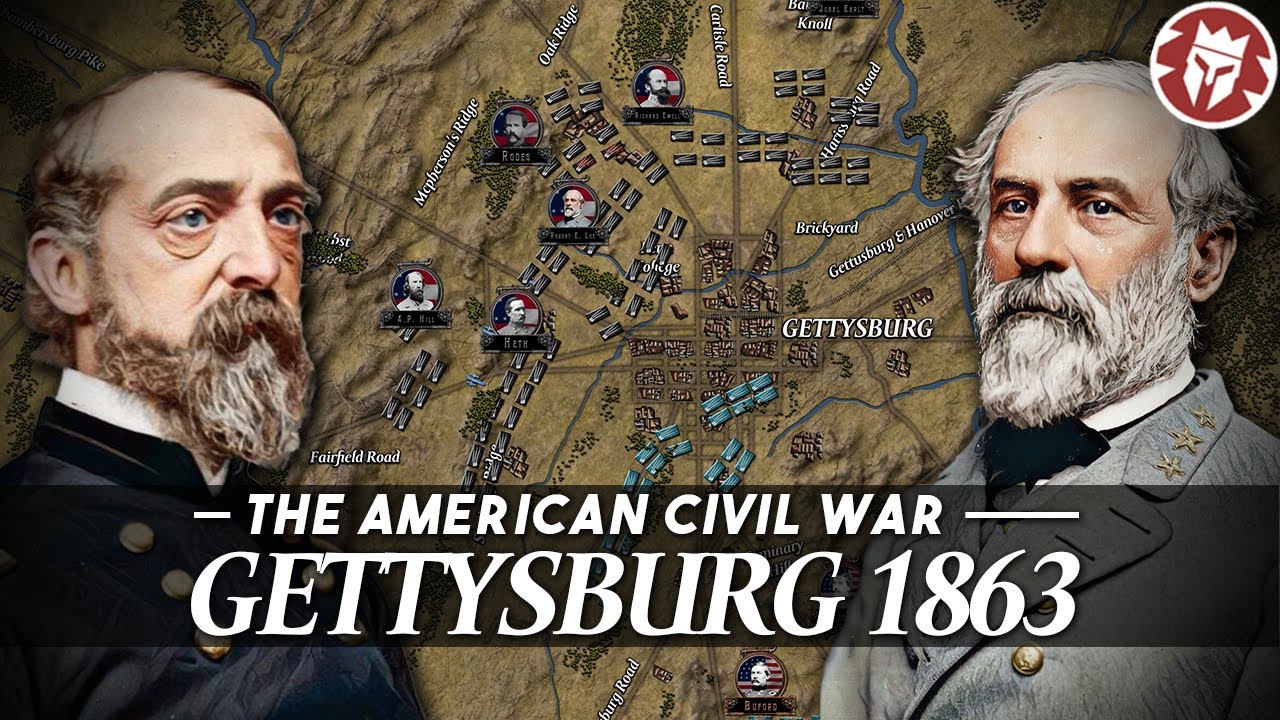
1. The Significance of Gettysburg in the Civil War
Gettysburg’s importance in the Civil War can’t be overstated. Picture thousands of soldiers from both the Union and Confederate sides clashing in what would be a three-day bloodbath. The Union’s victory not only halted the Confederate advance but also galvanized the North to rally around the war effort. This battle significantly affected the tactical approaches to warfare and military strategy in future conflicts. Just like in bodybuilding, where you need to adapt your workouts for maximum gain, the military adjusted its tactics based on lessons learned from the battlefield.
Moreover, this battle revealed the fragility of unity within the nation. Before Gettysburg, many believed Southern independence was a possibility. Yet, by the end of July 1863, the tide had shifted. It crystallized the idea that the conflict wasn’t merely about territory but revolved around fundamental values—like freedom and equality. This realization paved the way for further actions and speeches that would resonate through history, including the famous Gettysburg Address by Abraham Lincoln.
The geographic layout of Gettysburg also played a crucial role in its outcome. The rolling hills and key locations, such as Little Round Top, became vital strategic strongholds, allowing Army Generals to make impactful decisions that would turn the tide. Remember, in your fitness journey, the right environment can make all the difference. It’s no different for an army.
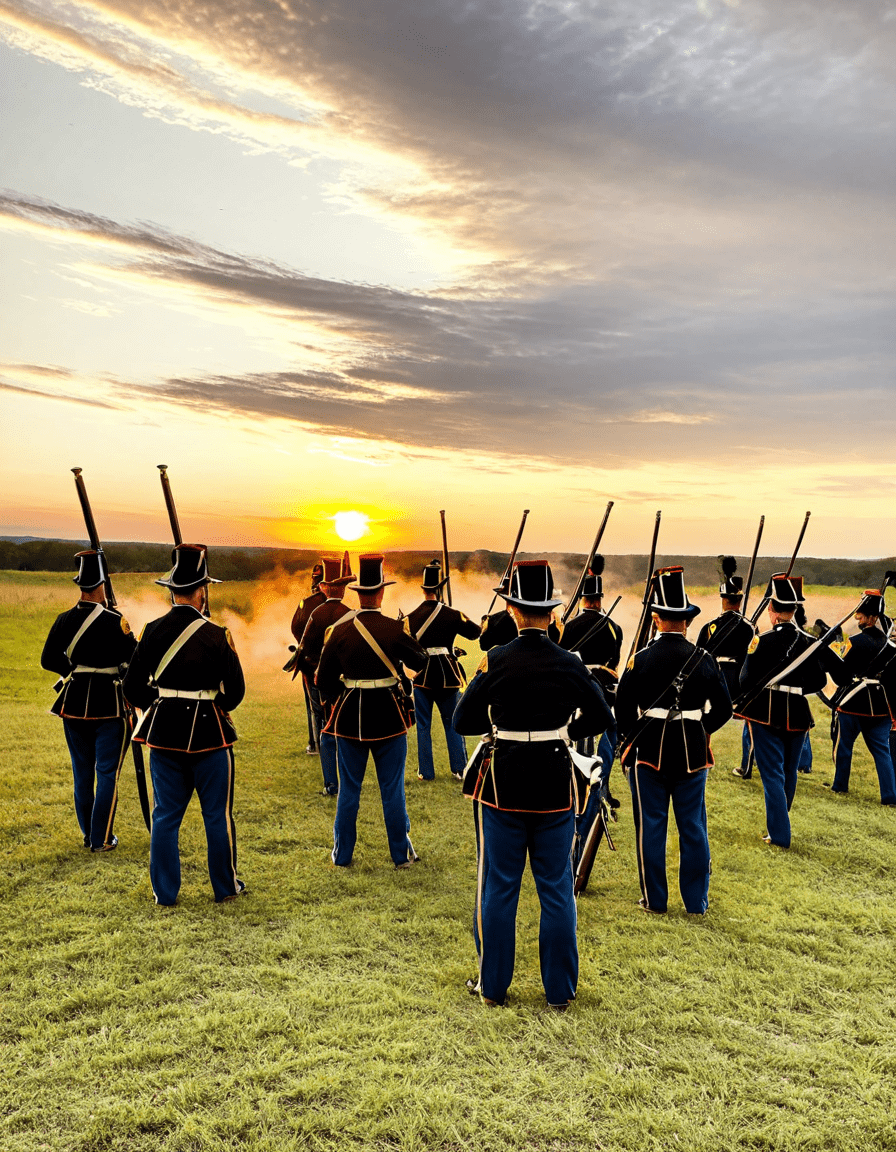
2. Top 5 Lessons from Gettysburg that Resonate Today
The lessons from the Battle of Gettysburg go far beyond military application. Here’s how we can draw inspiration from this historic event in our everyday lives.
2.1. Leadership Under Pressure
Union General George G. Meade emerged as a key figure during the conflict. His ability to make quick decisions under immense stress showcases the type of leadership that inspires success in any arena. We can all learn from his example when facing tough challenges, whether on the battlefield or in the workplace. As the saying goes, “Pressure makes diamonds.” If you can handle the stress, you can shine even brighter!
2.2. The Impact of Terrain on Strategy
The unique topography of Gettysburg dramatically influenced the battle’s outcome. Just like how a solid workout plan should consider your body type and surroundings, military operations benefit from strategic geography. This highlights the importance of understanding your environment—be it physical, social, or economic. In real estate and logistics, let’s face it, location can make or break your success.
2.3. The Power of Community and Morale
During the battle, local civilians rallied together, providing crucial support to soldiers. Communities coming together in times of crisis can lead to monumental change, like the support shown during Pearl Harbor. This reminds us today that when we band together, whether for social causes or personal goals, we have the power to achieve greatness.
2.4. The Role of Information and Communication
Good communication was vital at Gettysburg. The sharing of accurate information enabled quick responses and decisive victories. In a modern context, clear messaging remains essential, whether it’s in corporate communication or community engagement. It’s like staying in touch with your trainer; clarity leads to results.
2.5. Sacrifice and Its Multiple Meanings
The heavy losses at Gettysburg teach us that true progress often comes with a price. Sacrifices made for freedom serve as a poignant reminder that improvements in society require dedication and resilience. This is doubly true in fitness; the more effort you commit, the closer you get to your goals. Understanding these sacrifices shapes our modern discussions around social justice and veteran housing assistance.

3. Gettysburg’s Legacy in American Memory
Gettysburg’s impact continues to reverberate long after the battle ended. The address delivered by Abraham Lincoln four months later encapsulated a vision of a united nation dedicated to liberty and equality. This speech would become a cornerstone for civil rights movements, serving as a call to action for generations. It’s a reminder that the fight for equality is an ongoing process, much like your pursuit of fitness—the journey never truly ends.
Additionally, the legacy of Gettysburg serves as a lesson about the cyclical nature of history. Just as the nation rose, fell, and rose again, so too must we rise to the challenges presented in our lives. Embracing civic responsibility, acknowledging sacrifices, and continually striving for improvement brings us closer to our goals, whether in social justice or in the gym.
Lincoln’s remarks—and the sacrifices made at Gettysburg—fueled discussions about what it truly means to take part in a democracy. They inspire us to exercise our rights and responsibilities and encourage active participation in our communities.
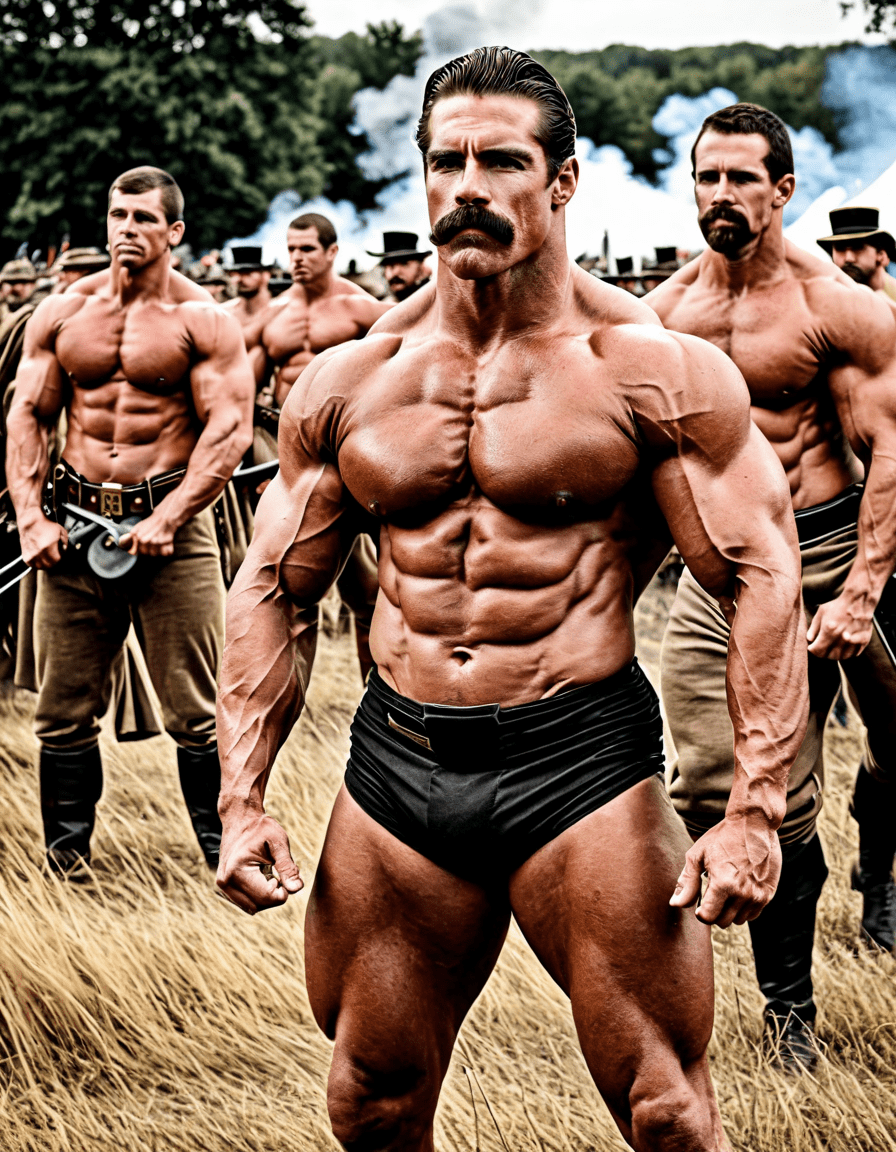
4. Comparing Turning Points: Gettysburg and Pearl Harbor
Both Gettysburg and Pearl Harbor marked critical turning points in American history, albeit in different contexts. Gettysburg shifted the dynamics of the Civil War, while Pearl Harbor propelled America into World War II. Each event serves as a stark reminder of the fragility of peace and the urgency to act when faced with conflict.
4.1. Unforeseen Consequences
The fallout from both battles had unexpected repercussions. For instance, Gettysburg influenced Lincoln’s re-election, while Pearl Harbor galvanized national support for U.S. involvement in WWII. Both incidents reshaped public opinion and military strategy, proving that pivotal moments can redefine the future.
4.2. Turning Points in Global Perspective
When you examine these events side by side, the notion of turning points expands. They arise from military confrontations, unique circumstances, and decisive leadership decisions. The outcomes influenced not just American history but also international alliances and conflicts, teaching us that vigilance and readiness are key.

5. The Philadelphia Connection: Gettysburg and Civic Duty
The ongoing relevance of Gettysburg reminds us of our civic obligations. It resonates in today’s dialogues about civil rights, democracy, and community service. The sacrifices made by those on the Gettysburg battlefield echo through time, urging us to remain proactive when facing societal challenges.
This sentiment rings true in modern-day America. Whether engaging in community programs or advocating for veterans, we carry forward the lessons learned from Gettysburg. It emphasizes the need for future generations to stay informed and involved.
In conclusion, the analysis of Gettysburg as a turning point not only illuminates our past but also provides a framework for understanding our present—and future. By learning from its lessons, we can navigate the complexities of our lives and society, just as soldiers did on that fateful battlefield. So, channel that spirit, folks! Just as you strive for gains in fitness, aim to contribute positively to the world around you.
Gettysburg teaches us that progress requires commitment and sacrifice. Now, whether you’re lifting weights, pushing through a workout, or rising to a challenge in life, remember those lessons. Let history inspire you. The sweat you put in today might shape your world tomorrow.
Gettysburg: A Turning Point in American History
Fun Facts About Gettysburg
Gettysburg, a name synonymous with courage and sacrifice, is more than just a pivotal Civil War battle—it’s a treasure trove of intriguing trivia. Did you know that this monumental clash lasted three grueling days—from July 1 to July 3, 1863? The fight was the largest ever fought on American soil, involving approximately 165,000 soldiers. This sheer scale makes one reflect on other epic tales from history, much like the cinematic masterpieces like The Good, The Bad and The Ugly. Just as those stories captured intense struggles, Gettysburg represents a fierce turning point in the fight for the nation’s soul.
As the battle unfolded, Soldiers on both sides faced staggering losses—over 51,000 men were killed, wounded, or missing by its end. This staggering figure emphasizes the battle’s brutality, reminiscent of gladiatorial contests where survival was rare, much like the upcoming Gladiator 2 release. But amidst the chaos, Gettysburg also became a symbol of resilience and hope. After the battle, President Lincoln delivered the famous Gettysburg Address, reminding us of the enduring fight for liberty and equality. It’s like the song What Child Is This?, which echoes themes of transformation and reverence that arose from the ashes of conflict.
Transitioning from grim realities to remarkable stories, did you know that Pickett’s Charge, a decisive but disastrous Confederate assault, covered about three-quarters of a mile? This charge often stirs debate among historians, who analyze it with the same intensity as critics dissect Outlander Episodes. The battlefield today is a canvas for reflection, where visitors can experience over 1,300 monuments and markers, each telling a part of the Gettysburg saga. And while we’ve seen the battle depicted in countless films, some might say it has a flair for the dramatic, much like the various iterations of Otis Reddings music that infuse emotion into storytelling. Beyond a battle, Gettysburg is a testament to American resolve and a beacon for future generations to reflect on history’s most pivotal moments.
